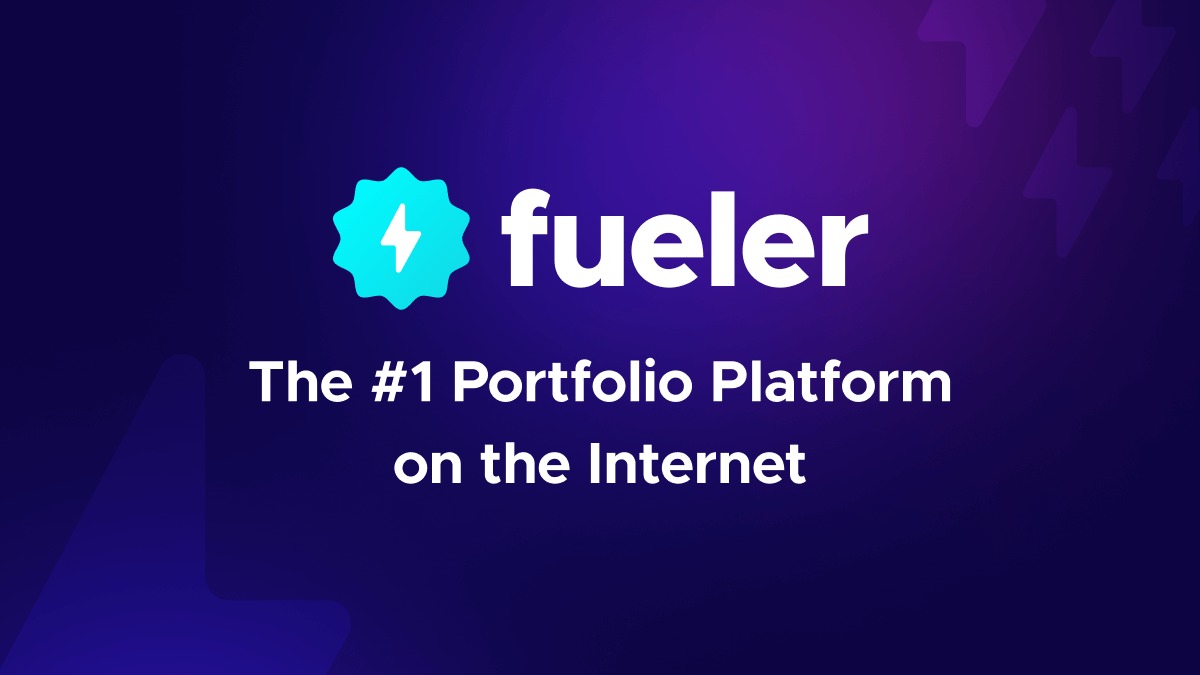Prominent Technologies for Web Developers to Leverage in 2026

Riten Debnath
23 Oct, 2025

As the web continues to evolve rapidly, 2026 presents an exciting new frontier for web developers aiming to build faster, smarter, and more engaging digital experiences. Users today demand instant loading, seamless device adaptability, and highly personalized, interactive content. Behind the scenes, the developer toolkit is transforming with AI-powered solutions, dynamic architectures, and versatile frameworks. Mastering these is essential not just to survive, but to thrive in this competitive landscape.
I’m Riten, founder of Fueler, a platform that helps freelancers and professionals get hired through their work samples. In this article, I’ll walk you through the most promising technologies every web developer should leverage in 2026. Implementing these tools will build the foundation for next-generation development and ensure sustainable growth.
Mastering AI and Machine Learning Integration
Artificial intelligence (AI) and machine learning (ML) are key drivers transforming web development. They automate repetitive tasks, speed up code writing, and power highly personalized user experiences.
Key Highlights of AI and ML in Development
- AI tools like GitHub Copilot provide real-time code suggestions, improving both productivity and accuracy.
- Machine learning models analyze user interactions to deliver personalized content and features that evolve dynamically.
- AI-powered chatbots offer instant support, reducing customer wait time and gathering valuable feedback.
- Natural language processing (NLP) enhances search functionality, making content discovery intuitive.
Why it matters: Leveraging AI allows developers to work smarter, reduce errors, and deliver smarter, adaptive user experiences that boost engagement.
Embracing Jamstack and Serverless Architectures
Jamstack architecture emphasizes speed, security, and scalability by decoupling front-end and back-end. Static site generators combined with dynamic APIs enable lightning-fast content delivery.
Key Features of Jamstack and Serverless
- Static site generators like Next.js and Gatsby deliver fast, cacheable pages that load almost instantly.
- Serverless functions provide on-demand backend processing without the overhead of server maintenance.
- APIs connect dynamic features securely while maintaining excellent performance.
- Content Delivery Networks (CDNs) optimize global availability and reduce latency.
Why it matters: Jamstack and serverless approaches enable developers to build secure, high-performance applications that scale effortlessly and improve user experience.
Exploring Emerging Frontend Frameworks
While React remains dominant, newer frameworks offer innovative approaches focusing on speed, simplicity, and developer experience, changing how UI is built.
Notable Emerging Frameworks
- Svelte compiles components to minimal vanilla JavaScript, reducing runtime overhead.
- Qwik delivers instant-loading “resumable” apps, boosting perceived speed and interactivity.
- Solid.js emphasizes fine-grained reactivity for high-performance rendering.
- Tailwind CSS enables rapid, utility-first styling for flexible and clean UI design.
Why it matters: These frameworks help developers create smoother, faster apps with maintainable code, enhancing both user and developer satisfaction.
Progressive Web Apps (PWAs) and Web3 Readiness
Progressive Web Apps blend the best of web and native apps by enabling offline usage, push notifications, and home screen installation. At the same time, Web3 technologies inspire decentralized apps that rethink how data and identity are managed online.
PWA and Web3 Highlights
- PWAs provide app-like experiences on the web, increasing engagement and retention without app store friction.
- Service workers enable offline functionality and background sync, enhancing reliability in poor connectivity.
- Blockchain-based Web3 solutions offer user ownership of data and decentralized authentication.
- Integrations with crypto wallets and decentralized storage change how apps handle security and privacy.
Why it matters: PWAs improve accessibility and UX, while Web3 readiness positions developers for the next generation of decentralized, secure web applications.
Leveraging DevOps, CI/CD, and Automation Tools
Modern web development isn’t just about coding. Automation in deployment, testing, and monitoring speeds up release cycles, reduces errors, and maintains quality.
Important DevOps and Automation Practices
- Continuous Integration/Continuous Deployment (CI/CD) pipelines automate building, testing, and deploying code.
- Containerization tools like Docker and Kubernetes improve scalability and environment consistency.
- Automated testing frameworks ensure code reliability with faster feedback cycles.
- Monitoring tools provide real-time insights into performance, errors, and user behaviors.
Why it matters: Efficient DevOps practices enable faster releases and higher quality products, giving teams a competitive edge.
Conclusion: Stay Ahead by Adopting These Technologies
The landscape of web development in 2026 demands a fusion of automation, innovative architectures, and modern frameworks to meet growing user expectations for speed, personalization, and security. Developers who master AI tools, Jamstack, emerging frontends, PWAs, and DevOps automation will build applications that delight users and scale with business growth. Staying informed and agile isn’t just an option, but a necessity to lead in the evolving digital era.
Frequently Asked Questions
What are the must-learn web development technologies in 2026?
AI-assisted coding, Jamstack architecture, Svelte/Qwik frameworks, PWAs, and CI/CD pipelines are essential.
Why is Jamstack gaining popularity?
It offers fast, secure, and scalable sites by combining static generation with API-driven dynamic content.
How do AI and ML improve web development?
They automate repetitive coding tasks and enable real-time personalization based on user data.
What benefits do PWAs provide over traditional web apps?
PWAs deliver app-like experiences with offline functionality and push notifications without app stores.
How does DevOps impact web development efficiency?
Automation pipelines reduce errors, speed up release cycles, and ensure consistent quality across environments.
What is Fueler Portfolio?
Fueler is a career portfolio platform that helps companies find the best talent for their organization based on their proof of work. You can create your portfolio on Fueler, thousands of freelancers around the world use Fueler to create their professional-looking portfolios and become financially independent. Discover inspiration for your portfolio
Sign up for free on Fueler or get in touch to learn more.


